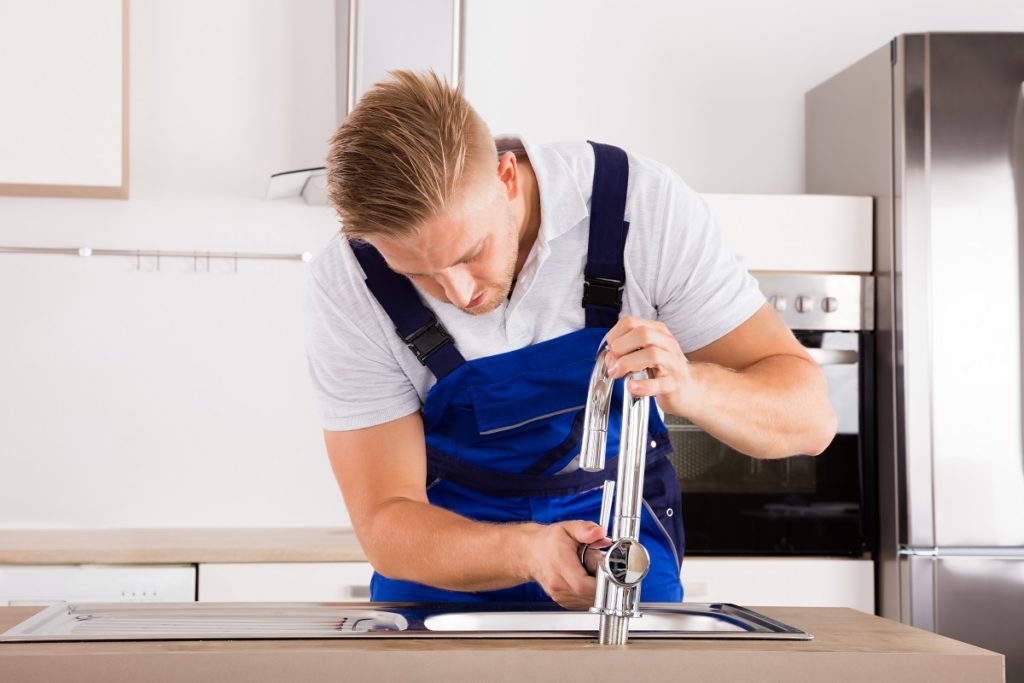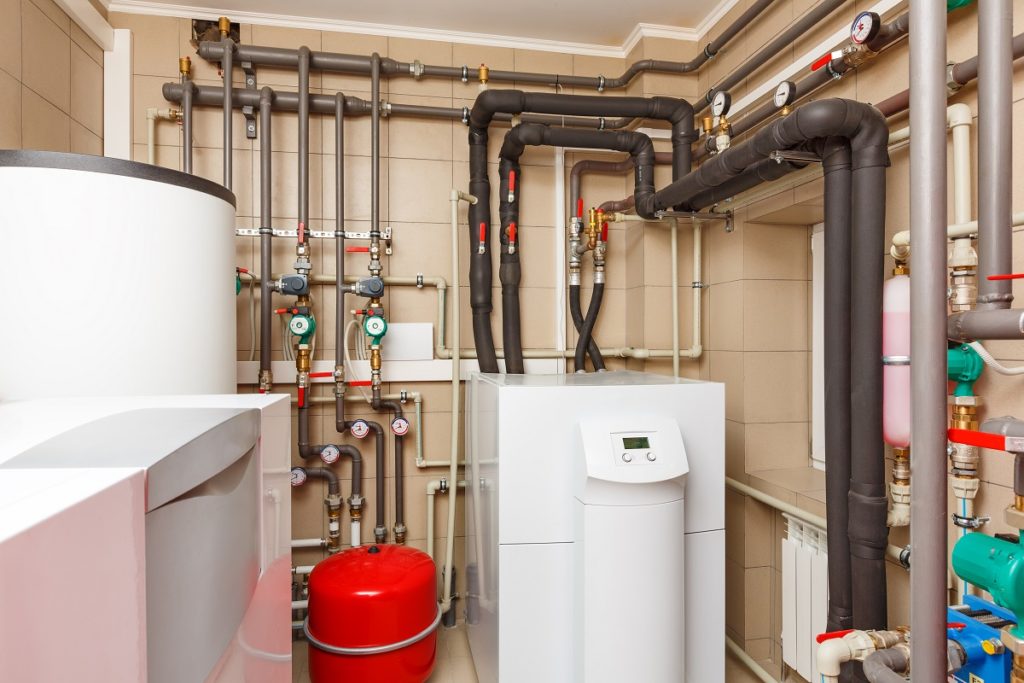Stainless steel pipes are made of durable material. Although they can still be affected by rust and corrosion if the outer layer gets damaged. Regular cleaning can help in stain removal and prevent rust from settling. Check out the tips below to keep your pipes in good condition.
Rust Prevention
Remove stagnant water from the pipes by shoveling it away. Wipe them down with a dry cloth immediately after cleaning instead of air-drying them. Stagnant water prevents the formation of chromium oxide, a compound that promotes rust resistance. There is no need to remove water from the pipes’ exterior because sun exposure makes the moisture evaporate.
Rust may form on the surface of stainless pipes and fittings of your plant in Australia due to moisture and oxygen exposure. If rust has formed on select areas, apply some oxalic acid solution with the use of a piece of cloth. Leave it on for a while to dissolve the contaminants, then rinse with water.
On the other hand, contact with iron, carbon steel, and hydrochloric acid and constant exposure to high temperature can cause corrosion on your pipes.
How to Remove Different Kinds of Stains
Oil and grease.
Use acetone or isopropyl alcohol. Apply it to the surface multiple times with a piece of cloth until all traces are gone.
Grafitti.
Do not use knives or other sharp tools to avoid dents and scratches on the steel. Use biodegradable graffiti-cleaning wipes or sprays instead.
Limescale.
Get a container and mix vinegar with three parts of water. Use a nylon brush to apply the mixture to the stain.
Minor corrosion.
Wipe the affected area with an all-purpose lubricant such as WD-40. After doing this, rinse it with water.
Discoloration.
Apply a non-abrasive cleanser with the use of a sponge or rag. Rinse it with water afterwards.
Burns. Soak the affected area in hot water and diluted detergent or ammonia. If it is too huge to soak, use a rag or sponge instead. After this, remove all traces of grime with a nylon brush. Use fine abrasive powder if necessary. Then, rinse with water.
Fingerprints.
Remove them with the use of warm water and detergent or soap. Solutions that are available on the market can also be used as a substitute.
Cleaning Instructions

Use a brush with soft bristles to remove dirt. Scrub it with a microfiber cloth that has been dipped in detergent or soap. Do not use steel wool and other abrasive cleaning materials. Rinse it afterwards with water. Then, wipe it dry with a rag or use an air blower. It is important to clean the pipes every six months.
Polish the Pipes
Apply a thin coat of olive oil to the pipes after they have been cleaned. Put a few drops of oil with the use of a rag, then wipe it across the surface. The oil hides scratch marks, prevents stains, and makes the pipes look shiny. After this, use a dry rag to buff the oil dry. Do the olive oil treatment frequently to preserve the quality of stainless steel.
Stainless steel contains chromium that protects it from corrosion, but relying on this alone is not enough. Regular maintenance checks and routine cleaning can go a long way when it comes to preserving the quality of your pipes.
